The Great Schism, known as the East-West Schism of 1054, divided the Christian Church into Roman Catholicism and Eastern Orthodoxy.
Several events contributed to this division, and the impact was profound, paralleling the transformation during the 16th-century Reformation. To grasp the significance of the Great Schism, one must revisit historical events.
Seven centuries prior, in the fourth century AD, the Roman Emperor Constantine relocated the Roman Empire’s capital from Rome to Constantinople, making it the dominant city.
By the late fourth century, the Roman Empire had split into the Western and Eastern Roman Empires.
In 395, Emperor Theodosius I passed away, marking a critical point as he was the last to rule both regions. Following his death and subsequent socio-economic and political shifts, the Western Empire swiftly declined.
The Roman Empire’s two halves were now fully divided. Distinct political, economic, and social characteristics emerged in the West and East over ensuing decades and centuries.
A significant factor separating them was language; Latin prevailed in the West, while Greek dominated the East.
New nation-states rose in the West, and papal authority grew. By the 9th century, the Holy Roman Empire’s emperors (established by Charlemagne in 800 AD) were crowned by the Pope in Rome.
Such Western developments weren’t mirrored in the East, where the Eastern Roman Empire persisted unchanged.
Rome’s political power resurged, greatly influencing many Western nations.
Meanwhile, the East resisted, but the Roman Catholic Church’s influence steadily expanded.
Prior to the Great Schism, several minor schisms heightened tensions between East and West.
Notably, the Church had five patriarchs, specially elected bishops with authority over other bishops within the Christian community. They were the Patriarchs of Rome, Constantinople, Antioch, Alexandria, and Jerusalem.
A debate over Jesus Christ’s nature—divine or human—contributed to the schism. If He is God’s Son, is He equal to God or a creation?
In the 4th century AD, the Church divided over Arianism.
Arianism, an anti-trinitarian view, denied the shared fundamental nature of Jesus Christ and God the Father, viewing the Son as a created being, inferior to the Father. Declared heretical at the First Council of Nicaea, Arianism persisted.
In 404, a Byzantine Empire conflict arose between Emperor Arcadius and the Patriarch of Constantinople, John Chrysostom, who criticized the wealthy and imperial court, displeasing the emperor and his followers.
Consequently, Arcadius refused to acknowledge John Chrysostom as the legitimate Patriarch of Constantinople.
Tension ensued because Pope Innocent I, head of the Western Church, supported John Chrysostom. However, other Eastern patriarchs sided with the emperor, also refusing to recognize John.
Pope Innocent I severed ties with the Eastern Church due to this disagreement, leading to an eleven-year rift until the Eastern patriarchs accepted John as patriarch in 415, temporarily restoring unity.
Bishops debated whether Jesus had dual natures—human and divine—or was solely divine.
In response, Emperor Zeno issued the Henotikon edict, rejected by Pope Felix III.
Encouraged by Patriarch Acacius, Zeno issued the edict, leading Pope Felix to anathematize Acacius. The excommunication was lifted in 519 when Byzantine Emperor Justin I acknowledged it.
By this point, both churches reached an agreement. However, Eastern Church beliefs diverged from those of the Western Church.
The Nicene Creed disputes, arising from the First Council of Nicaea in 325, affirmed the Holy Trinity’s equality and declared only the Son incarnate as Jesus Christ.
Over centuries, revisions to the Creed led to disagreements over its wording. In 431, the Ecumenical Council of Ephesus forbade further Creed alterations.
The Western Church, however, made changes, notably adding “and the Son” to the Creed prayer, which originally read: “And in the Holy Spirit, the Lord, the Giver of Life, Who proceeds from the Father.” The Eastern Church deemed this uncanonical.
Numerous disagreements over centuries made the Great Schism inevitable.
One contention was spiritual authority over the Balkans. The Eastern Church considered itself authoritative due to its Eastern European location, while the Western Church claimed authority due to its proximity to Rome. This persisted as a major dispute for centuries.
Titles and rights of the patriarchs sparked further discord.
For instance, the Eastern Church began calling the Patriarch of Constantinople the “Ecumenical Patriarch,” signifying a spiritual role as “patriarch of the entire inhabited earth” in Greek. The Western Church interpreted this literally, as a claim of universal patriarchal supremacy over all Christians.
Western clerics, particularly the Pope, strongly opposed this, believing it underm
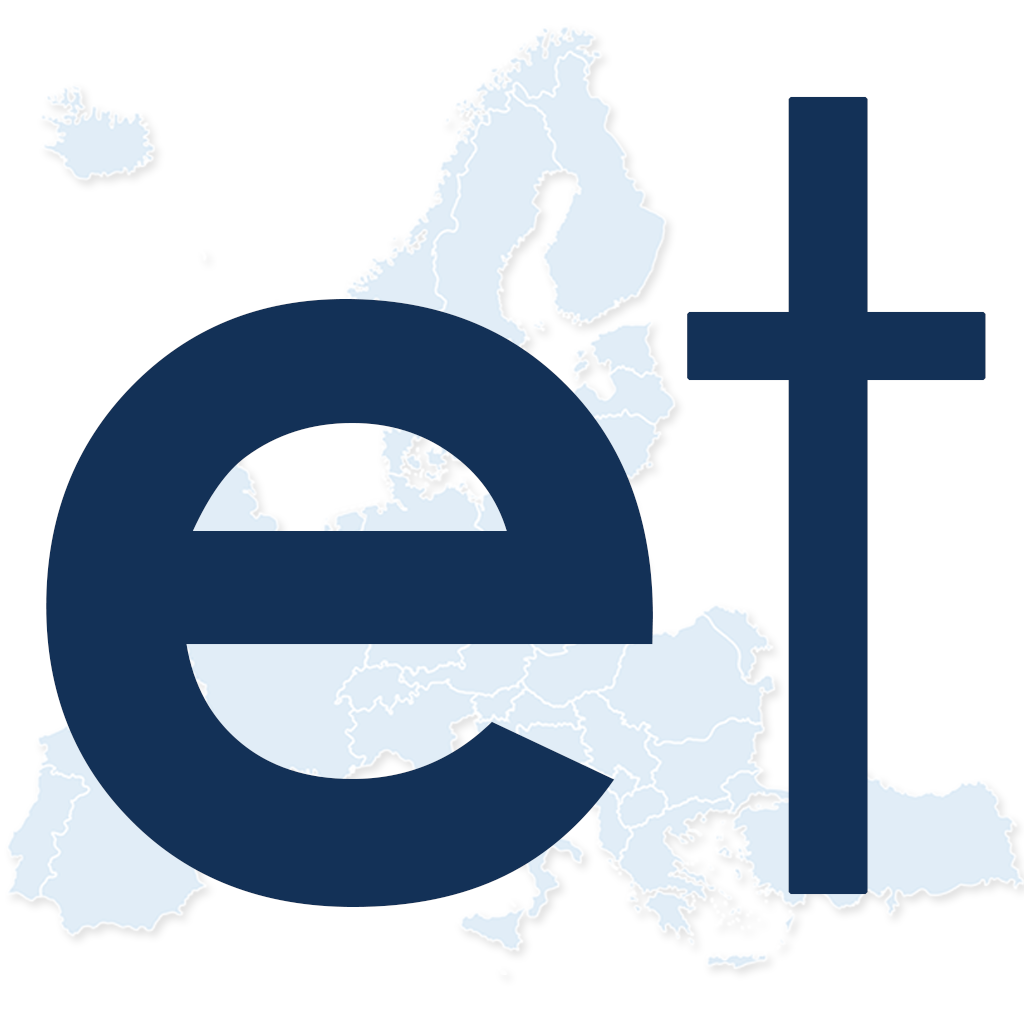



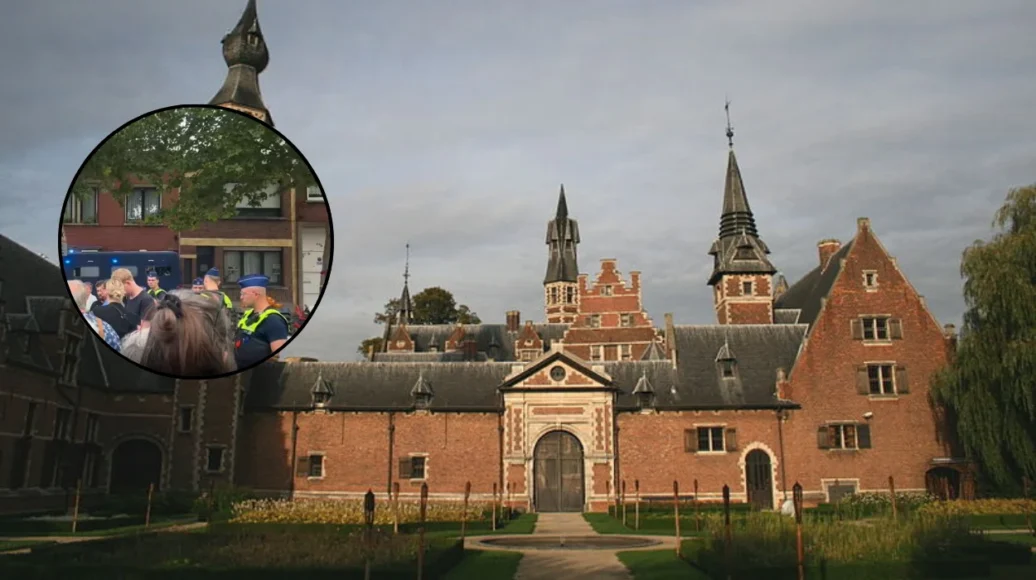
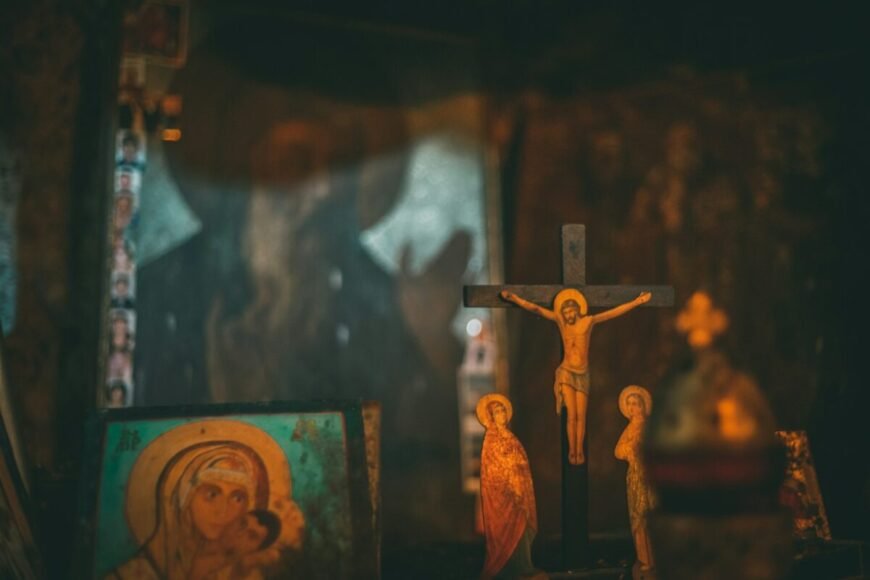
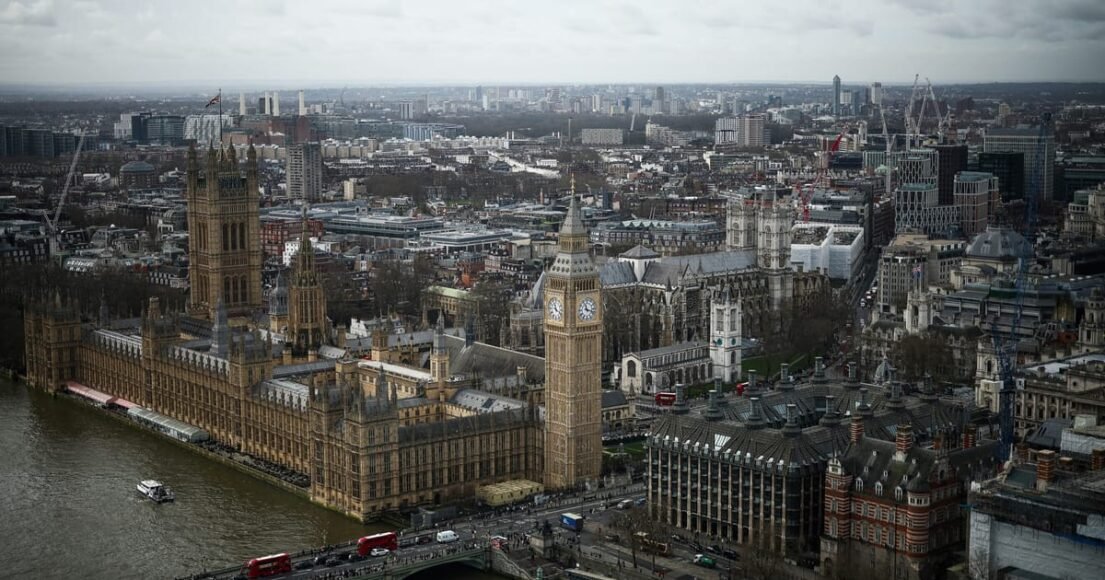
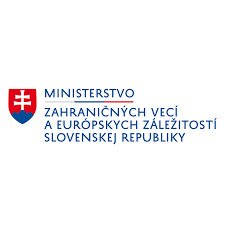
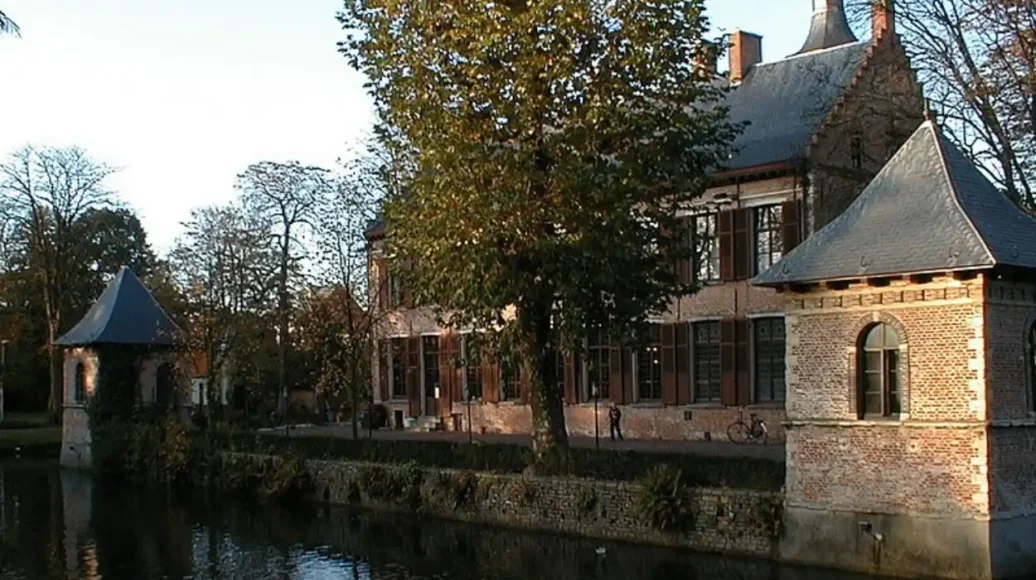
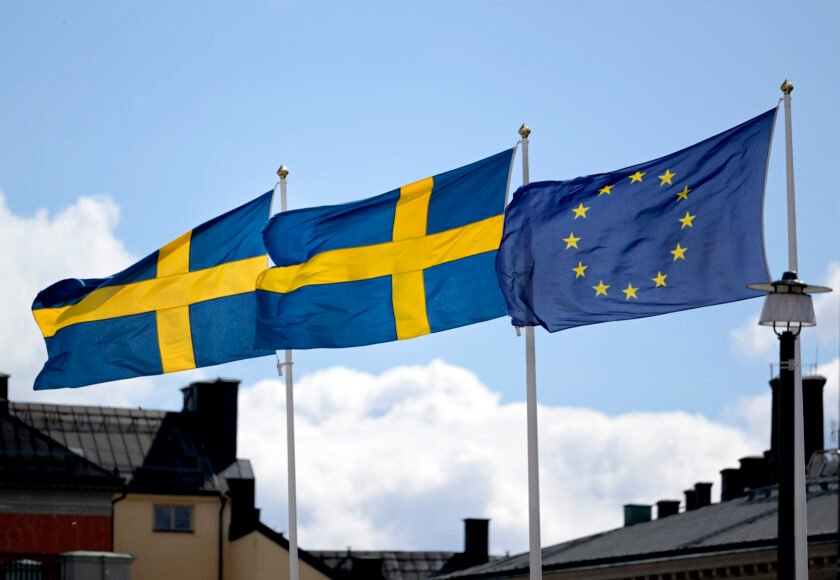

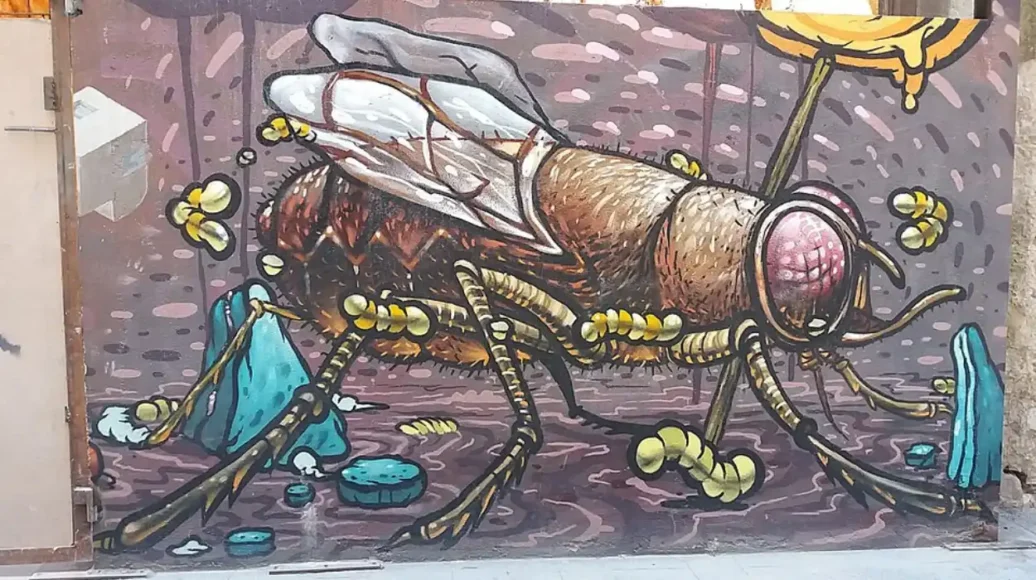
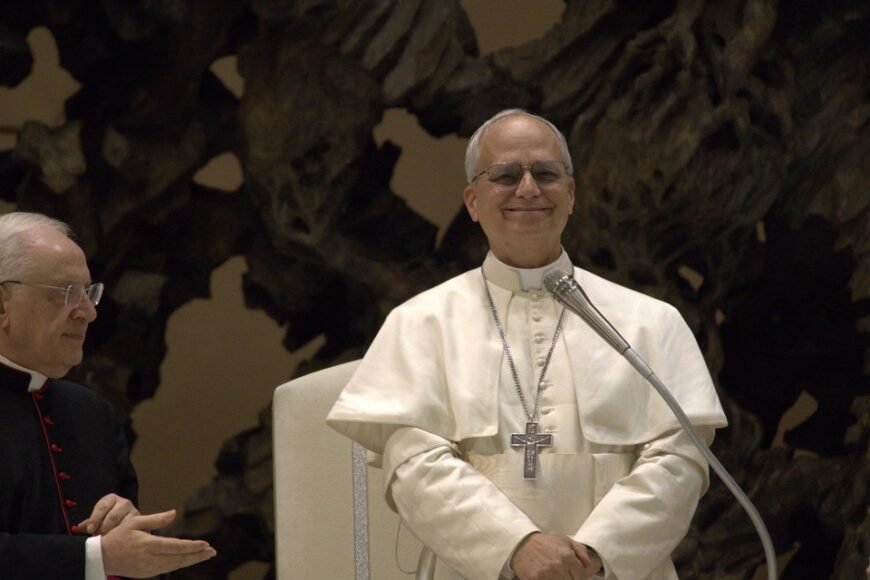
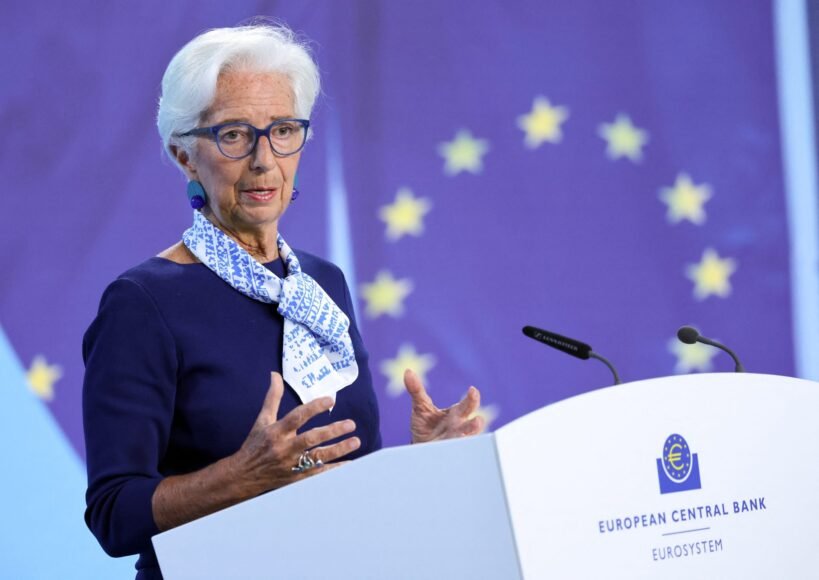
Leave a Reply